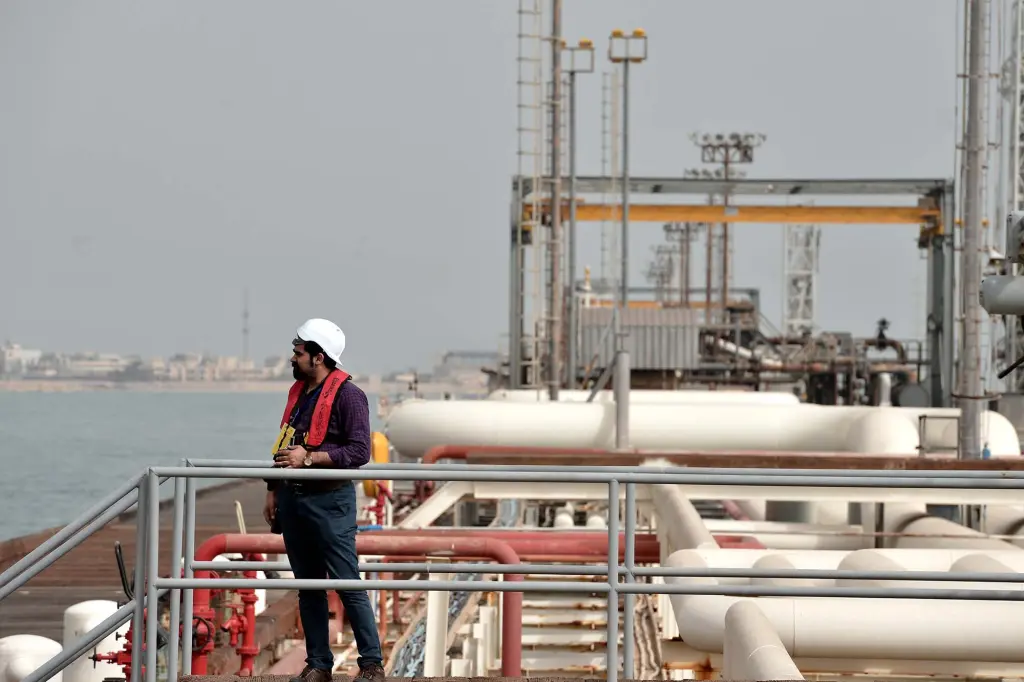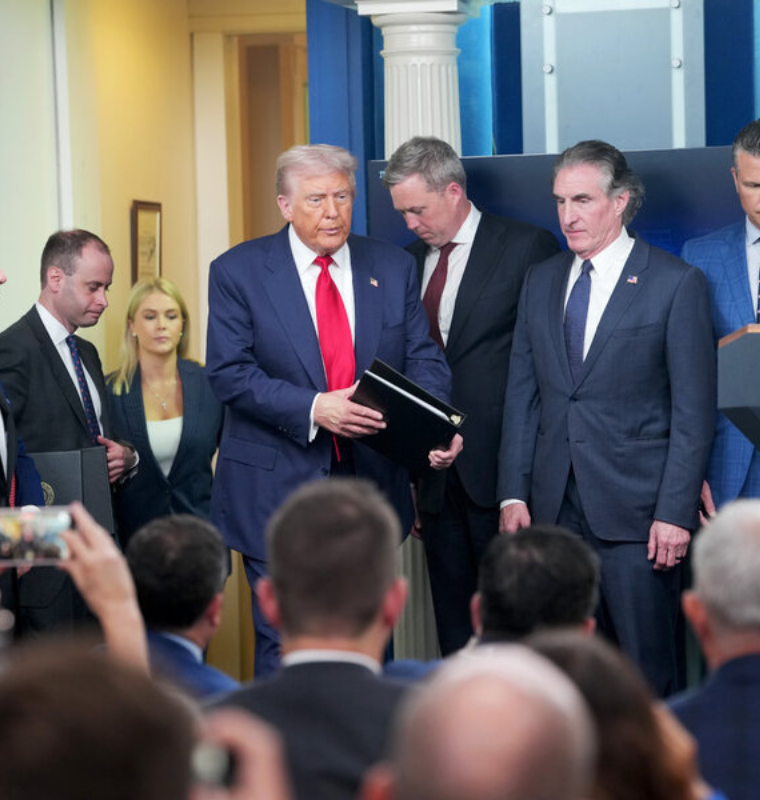Oil Prices Slide 5% as Trump Signals China Can Continue Importing Iranian Crude
Oil Prices Slide 5% as Trump Signals China Can Continue Importing Iranian Crude
By
David Goldfarb
Last updated:
June 24, 2025
First Published:
August 6, 2025

Photo: New York Post
Oil Prices Retreat as Geopolitical Tensions Ease
Global oil markets pulled back sharply on Tuesday, with prices dropping nearly 5% following former President Donald Trump’s statement allowing China to continue buying oil from Iran. The move hints at a potential de-escalation in the U.S.’s long-standing pressure campaign against Tehran and comes just as a tentative ceasefire between Iran and Israel begins to take shape.
Brent crude, the international benchmark, fell $3.45 (4.83%) to $68.03 per barrel, while U.S. West Texas Intermediate (WTI) crude dropped $3.37 (4.92%) to $65.14 per barrel.
Trump’s Announcement and Market Reaction
Trump made the announcement via his social media platform, Truth Social, writing:
“China can now continue to purchase oil from Iran. Hopefully, they will be purchasing plenty from the U.S., also. It was my Great Honor to make this happen!”
The statement marks a shift from Trump’s May 2025 threat to impose sanctions on any country buying Iranian oil, a move that intensified fears of a broader regional conflict and potential supply disruptions in one of the world’s most volatile energy corridors.
Given that China is the primary buyer of Iranian crude, Trump’s message signaled a possible thaw in U.S.-Iran relations and triggered a swift market reaction.
Ceasefire Offers Relief But Raises Questions
Oil prices had climbed roughly 10% over the past two weeks on fears that the Iran-Israel conflict—heightened by U.S. airstrikes and Iran’s retaliatory missile launch against an American base in Qatar—could escalate into a wider war. These developments threatened to impact oil supply across the Middle East, especially through the Strait of Hormuz, the world’s most critical oil shipping chokepoint.
While the announcement of a ceasefire brought immediate relief to traders, analysts noted that uncertainty remains high regarding its durability and the future of Iran’s nuclear program, which was the underlying driver of the recent military flare-up.
Iran’s Output and Strategic Importance
According to the June OPEC Monthly Oil Market Report, Iran produced 3.3 million barrels per day in May, based on data from independent sources. Its strategic location and sizable output mean that any disruption could have outsized impacts on global supply chains.
Iran's potential closure of the Strait of Hormuz — reportedly approved by its parliament on Sunday — continues to loom as a major risk. The narrow passage handles nearly 20% of the world’s traded oil, with flows from key producers like Saudi Arabia, the UAE, Kuwait, Iraq, and Bahrain dependent on its stability.
Though the final decision on the Strait's closure lies with Iran’s National Security Council, its consideration alone has added volatility to global energy markets.
Analysts Caution Against Complacency
Barclays analysts issued a note Tuesday warning that a closure of the Strait could drive oil above $100 per barrel, describing it as a “tail risk” but one with major consequences due to the lack of viable alternative shipping routes.
“The threat of wider regional conflagration did not materialize despite the U.S. strikes on Iranian nuclear infrastructure,” the note said, adding that easing fears have temporarily lifted pressure on prices.
Strategic Reserves and OPEC+ Flexibility
To counter potential disruptions, the International Energy Agency (IEA) reiterated that it has 1.2 billion barrels in emergency stockpiles. In parallel, the OPEC+ alliance, which includes Russia and other major oil producers, has been gradually raising output and holds additional spare capacity that could be deployed quickly if supply tightens again.
Despite the sharp drop in prices, the market remains fragile, with much depending on the implementation of the Iran-Israel ceasefire, the trajectory of U.S. sanctions, and China’s actual response to Trump’s announcement. For now, traders are cautiously optimistic, but any sign of renewed instability in the Gulf region could send prices surging once more.
Popular articles
Subscribe to unlock premium content
Disney’s Timeless Magic and How the Entertainment Giant Continues to Shape Culture and Innovation

Imran Khan’s Economic Missteps Amid Political Chaos in Pakistan

The Philippines’ Digital Shift How Remittances and BPO Are Fueling Growth

Disney’s Timeless Magic and How the Entertainment Giant Continues to Shape Culture and Innovation

Imran Khan’s Economic Missteps Amid Political Chaos in Pakistan

Disney’s Timeless Magic and How the Entertainment Giant Continues to Shape Culture and Innovation









